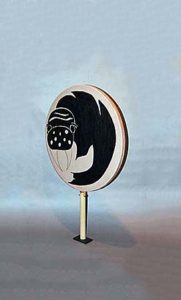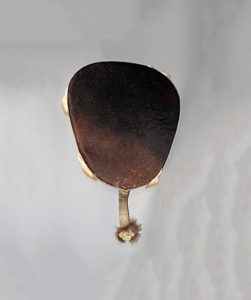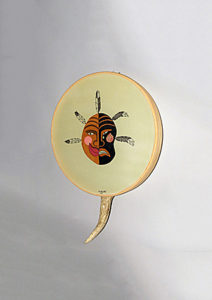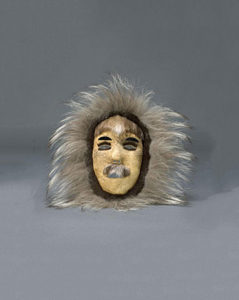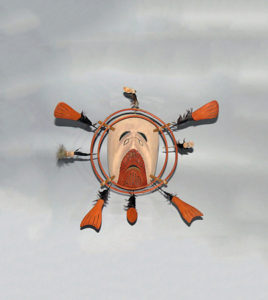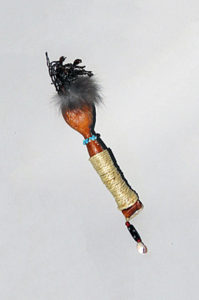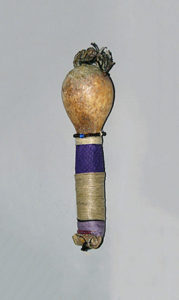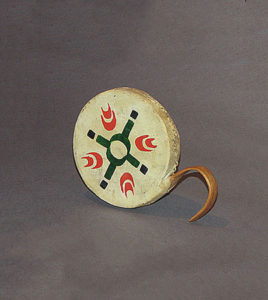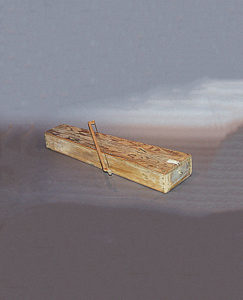Arctic & Subarctic
The Arctic encompasses all of the northern polar regions of the world, including parts of North America, Asia, and Europe.
However, for the Native Americans instruments in this section of the website, we will only consider the North American portion of the Arctic.
The Arctic is characterized by a cold climate, large bodies of water and icy terrain.
The Subarctic culture area is the largest in North America, encompassing most of the northern portion of the continent, most of it covered with an extensive pine forest.
Cultures in the Subarctic consisted of small bands of hunter-gatherers that emphasized the hunting of caribou.
The Subarctic was home to about 30 major groups of two major language families: Athapaskan and Algonquian.
The inhabitants of the Arctic and Subarctic are often collectively referred to by the general term ‘Eskimo.’ This term was first used by Europeans in the late 1500s, and originally referred to a specific group in the eastern Arctic, over time it was extended to include many other groups.
According to the ‘Handbook of North American Indians,’ the native people of Arctic (and Subarctic) are divided into two groups: Aleut and Eskimo. Generally speaking: Aleut are people of the open ocean and Eskimo are people of the ice.


